EU chief Brexit negotiation Michel Barnier told the European Parliament, “It’s the moment of truth. There is a chance of getting an agreement but the path to such an agreement is very narrow.”
“We find ourselves in a very serious and sombre situation,” he added. “We have very little time remaining, just a few hours to work through these negotiations in a useful fashion if we want this agreement to enter into force on the first of January.”
“That is where we get to one of the most difficult issues at the moment. Fisheries being part and parcel of the trade relationship,” said Barnier. “We have to be prepared for all eventualities.”
Separately, UK Prime Minister Boris Johnson said, “obviously the UK’s position is always that we want to keeping talking if there’s any chance of a deal… But we’ve also got to recognise that the UK’s got to be able to control its own laws, it’s what people voted for, and we’ve also got to be able to control our waters and fishing rights.”
He added: “our door is open, we’ll keep talking but I have to say things are looking difficult. There’s a gap that needs to be bridged.”




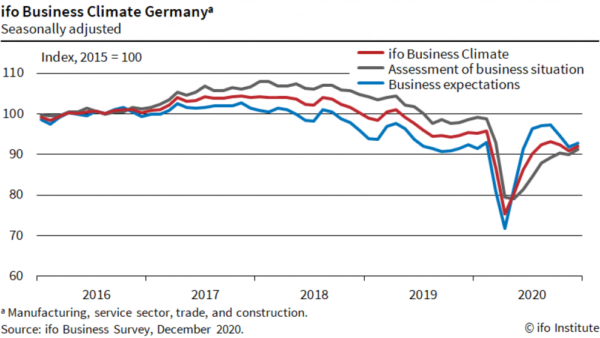
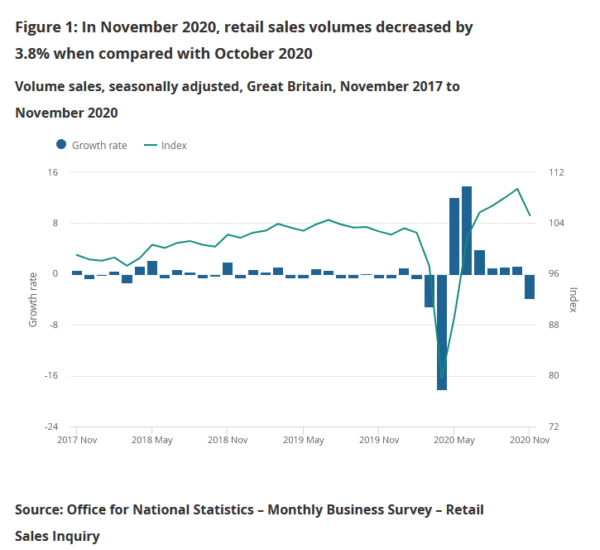
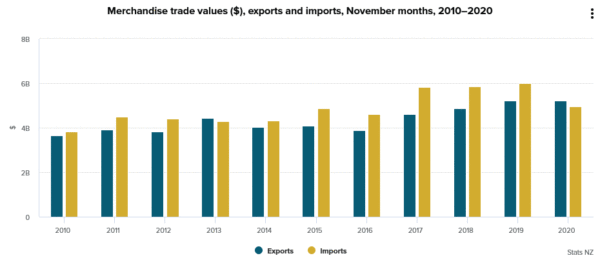
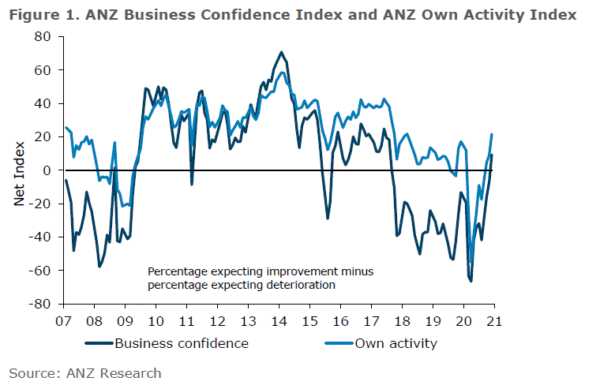
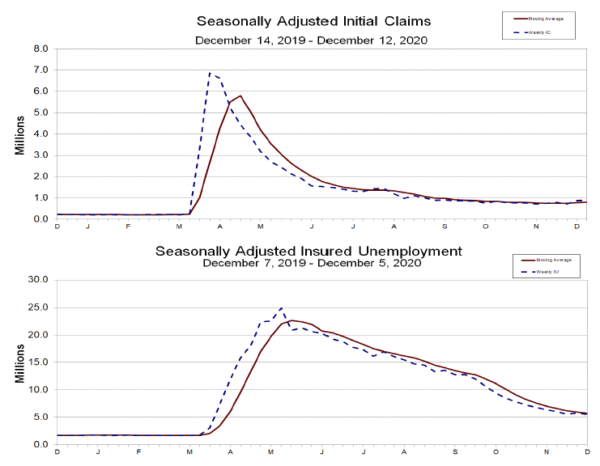
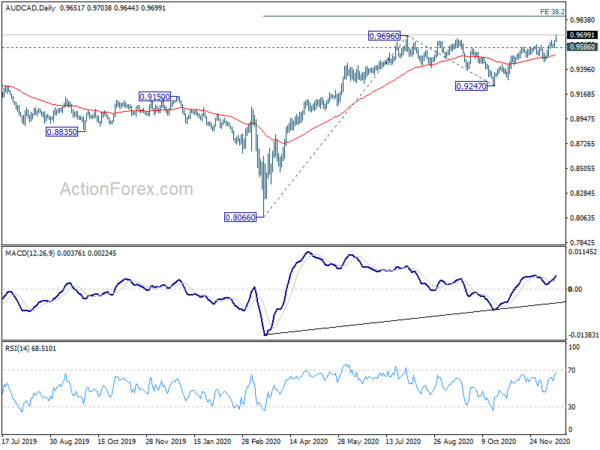
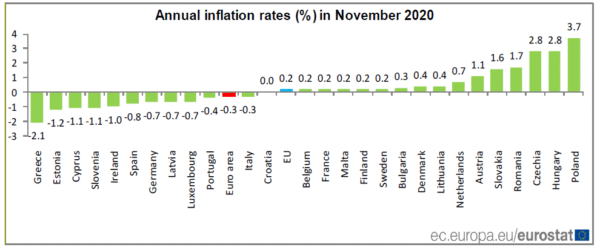
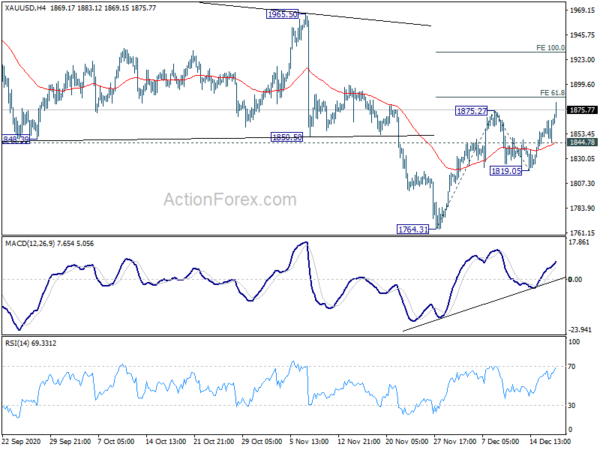
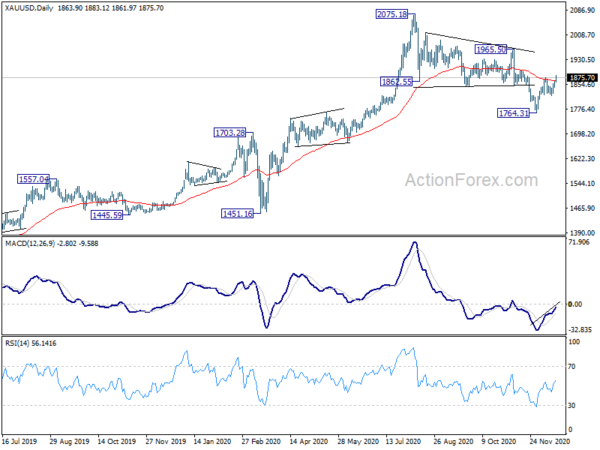
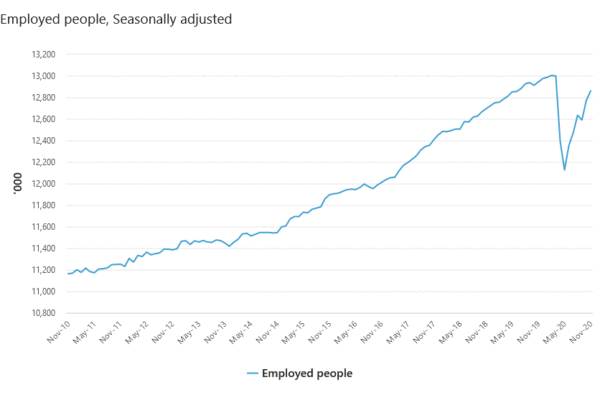
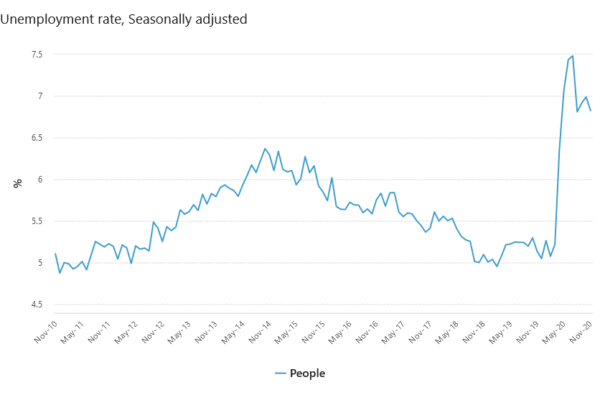

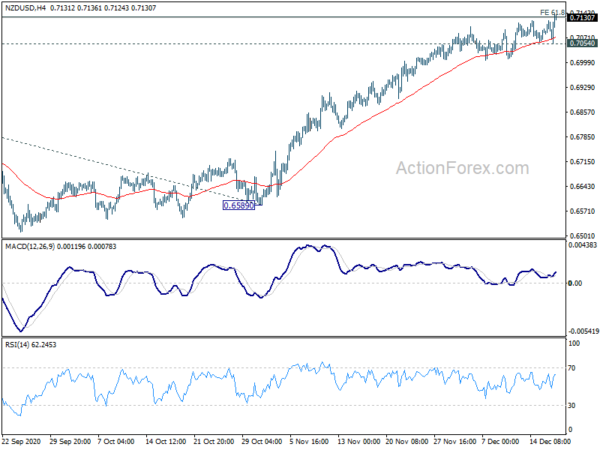
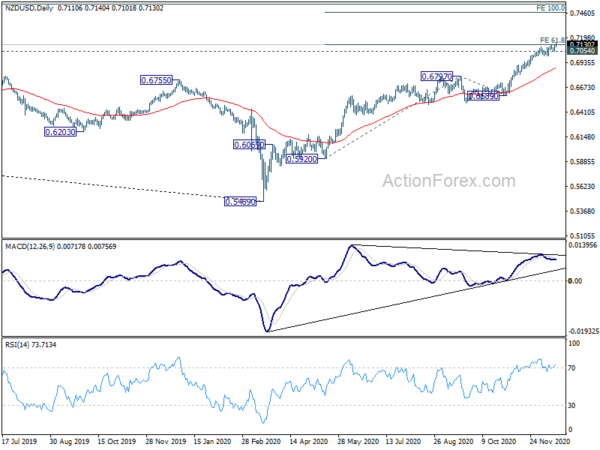
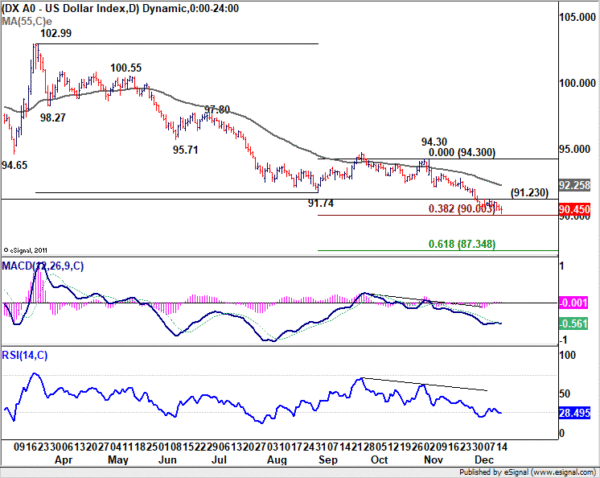
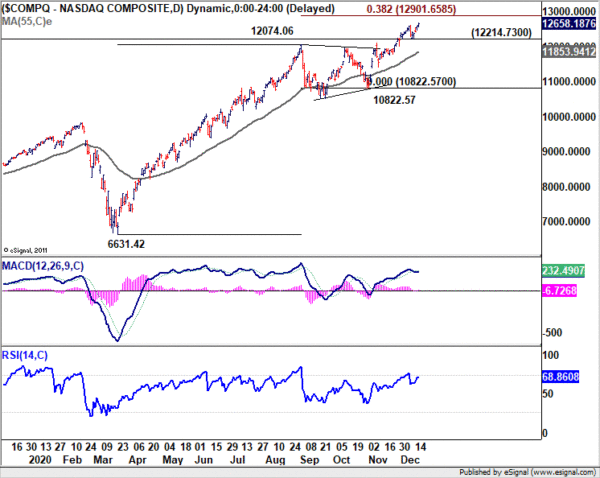



Canada retail sales rose 0.4% in Oct, up in 6 of 11 subsectors
Canada retail sales rose 0.4% mom to CAD 54.6B in October, above expectation of 0.1% mom. That’s the sixth consecutive monthly increase since the record decline in April. Retail sales increased in 6 of 11 subsectors, representing 50.9% of retail trade. Core retail sales, excluding gasoline stations and motor vehicle and parts dealers, edged up 0.3% mom.
Full release here.